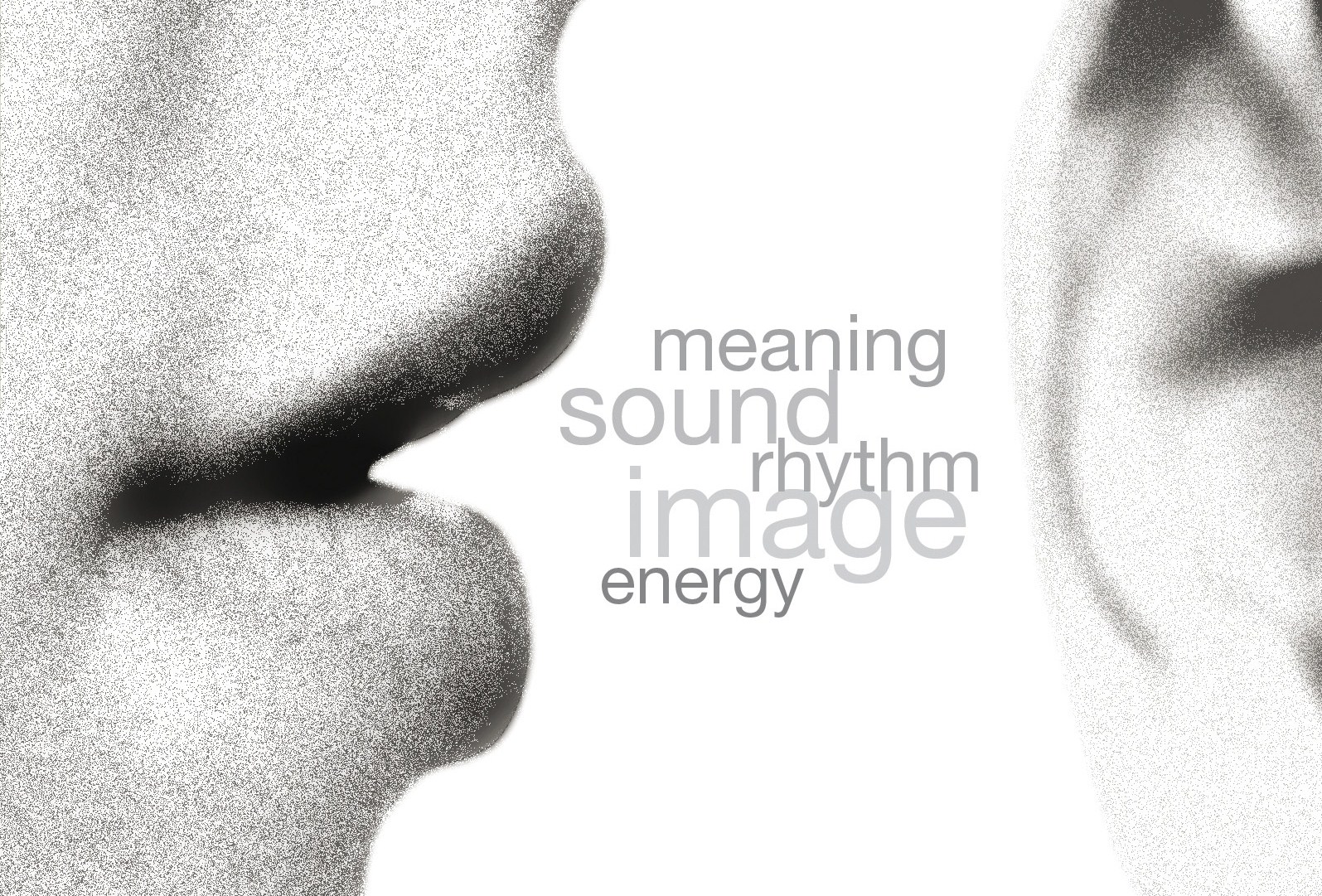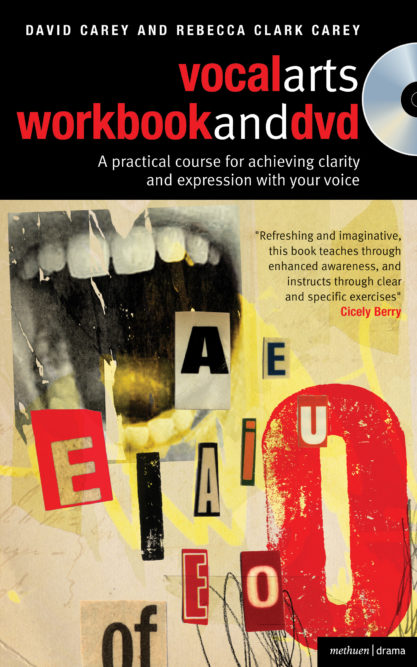REVIEWS
‘A stimulating, imaginative and practical workbook.’ Communicating Voice.
‘I truly recommend this imaginative, practical book to drama students and professional actors as well as to those just interested in exploring their own voices. It’s a gem.’ Speaking English.
‘It is a refreshingly practical, straightforward, and thoughtful guide from Breath to Text…. Its clear, concise approach is useful for acting and movement instructors, directors who want to incorporate voice into their rehearsals, and actors who want to work on their voice at home.’ Voice and Speech Review.
‘Ultimately this is what Vocal Arts offers to actors, students, teachers and any kind of speaker: not just the means to develop technical skill, but also a process to enable fuller expression of the self in the moment of speech.’ Fiona Shaw from the Foreword.
Contents
The Vocal Arts Workbook is a complete learning programme drawing on the work of a wide range of practitioners to be used at home, as a course text, or as a way to integrate voice work into acting classes.
This practical workbook helps actors and students of drama fully develop expressive voice skills to communicate thoughts and feeling with precision and power. At the heart of the book are practical exercises, with demonstrations supplied on the accompanying video. The exercises will enable you to connect body, breath and voice, use them with ease and artistry, and meet the demands of performance in a variety of spaces.
The book covers the following:
Chapter 1 – Relaxation, Release and Alignment. Your voice comes from your body. If your body is habitually tight and strained, your voice will be too, so the work begins with an exploration of the relationship between physical release, relaxation, alignment and the voice.
Chapter 2 – Breath and Voice: Connect. Breath is the fundamental ingredient of the voice. As the breath becomes full, free and responsive moment by moment, so will the voice. This chapter introduces the essential anatomy of breathing and enables the practical development of open and efficient breathing in connection with voice.
Chapter 3 – Breath and Voice: Supply and Support. Vocal artistry requires the ability to choose the length and strength of vocal vibration to serve the text and the speaker’s intention. This chapter provides a thorough grounding in effective breath supply and support to give your voice power and flexibility.
Chapter 4 – Resonance and Range. Resonance and range give the voice character, expressivity and carrying power. This chapter explores the theoretical reasons and practical means for developing strong and expressive resonance and range.
Chapter 5 – Articulation. Speech is one of the most important tools we have to convey our thoughts and feelings to others. The exercises in this chapter will enable you acheive precise and muscular articulation that will give your speech clarity and conviction in any theatrical space.
Appendices provide a sample curriculum for a two-semester or three-term course, and a model for a vocal work out.
Each chapter consists of an introductory Framework; Explorations to begin practical investigation; Exercises; Follow Up questions and activities to encourage reflective practice; Suggested Texts to begin applying the work to speaking; and Further Reading – a unique, student-centred approach not found in other voice books.
The video material contains 85 minutes of video and demonstrations of 38 physical exercises.

